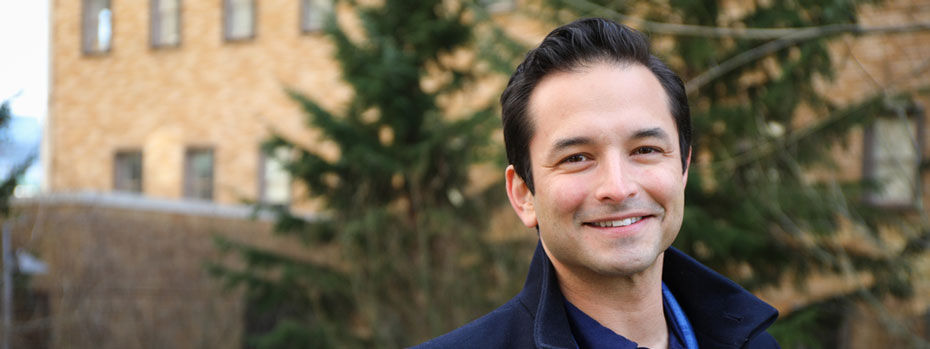Breast Cancer Radiation Therapy

The OHSU breast cancer clinic provides the Northwest’s most advanced radiation therapy for breast cancer. We combine team-based care with top technology. Our offerings include:
- Coordinated care, with your radiation oncologist and other doctors all working together.
- Doctors who continually research how to provide the best result with the least amount of treatment.
- A technique to limit radiation to the heart, reducing the risk of long-term side effects.
- An option for a shorter course of radiation therapy for some patients.
- Partial breast radiation therapy.
Why have radiation therapy?
Radiation therapy is an effective, highly targeted treatment that uses beams of energy to kill cancer cells. Doctors often use radiation therapy to kill cancer cells that may remain after surgery. This lowers the risk of cancer coming back. For many patients, radiation therapy can be paired with lumpectomy to avoid a mastectomy.
The most common short-term side effects are fatigue and skin irritation at the site of therapy.
If you need radiation therapy, your radiation oncologist will go over which options make the most sense for you.
Our excellence
Doctors work together at the OHSU breast cancer clinic. Your surgeon and radiation oncologist plan procedures as a team, giving you seamless care and access to all appropriate options.
They also take part in research, with a key goal of achieving the best results with the least amount of therapy. Current clinical trials, for example, are looking at:
- Whether less radiation therapy is needed for women with lymph nodes affected by cancer and at low risk of the cancer coming back.
- Whether women in their 50s and 60s with low-risk breast cancer can avoid having radiation therapy.
Protecting your heart
Deep inspiration breath hold, or DIBH, is a technique provided at OHSU to avoid radiation to the heart.
Patients who need radiation therapy to the left breast hold a deep breath for 20 to 30 seconds. This pushes the breast tissue away from the heart, protecting the heart from radiation beams. The patient breathes freely between exposures. Patients receive coaching and support in this technique before radiation therapy is delivered.
Radiation to the heart increases the risk of long-term side effects such as heart disease. DIBH has been found to significantly reduce heart exposure.
Shorter treatment option
Radiation therapy for early-stage breast cancer is typically given each weekday over three to four weeks. New research has shown that for carefully selected patients, a one-week treatment may be just as effective. You can ask your radiation oncologist if this is a good option for you.
Partial breast radiation therapy
Radiation therapy is traditionally delivered to the entire breast after a lumpectomy. However, some patients are eligible to have only the lumpectomy area treated, possibly reducing side effects. Your radiation oncologist can talk with you about whether partial breast radiation therapy is an option for you.
Learn more
- Breast Cancer, RT Answers; Answers to Your Radiation Therapy Questions, American Society of Radiation Oncologists
- Radiation Therapy, Breastcancer.org
- Radiation for Breast Cancer, American Cancer Society
Location
Knight Cancer Institute, South Waterfront
Center for Health & Healing, Building 2
3485 S. Bond Ave.
Portland, OR 97239
Free parking for patients and visitors
Refer a patient
- Refer your patient to OHSU.
- Call 503-494-4567 to seek provider-to-provider advice
Cancer clinical trials
Clinical trials allow patients to try a new test or treatment.
Read more
Learn more about OHSU Knight Cancer Institute treatments: